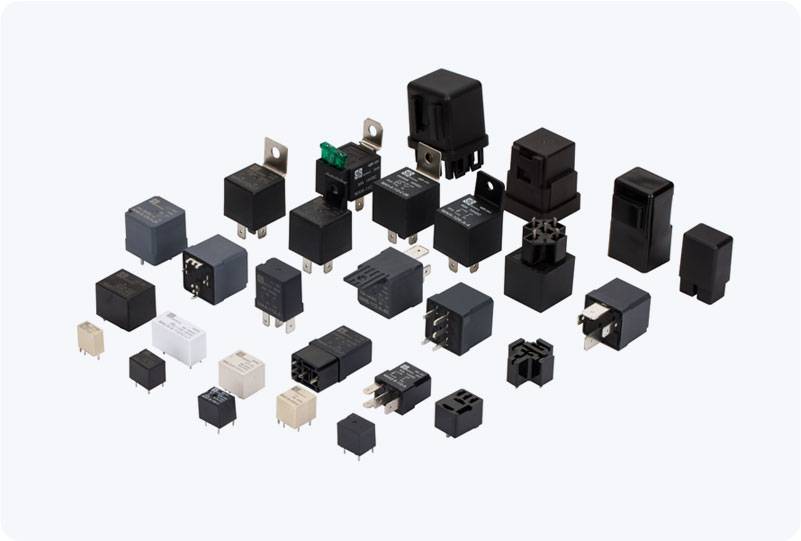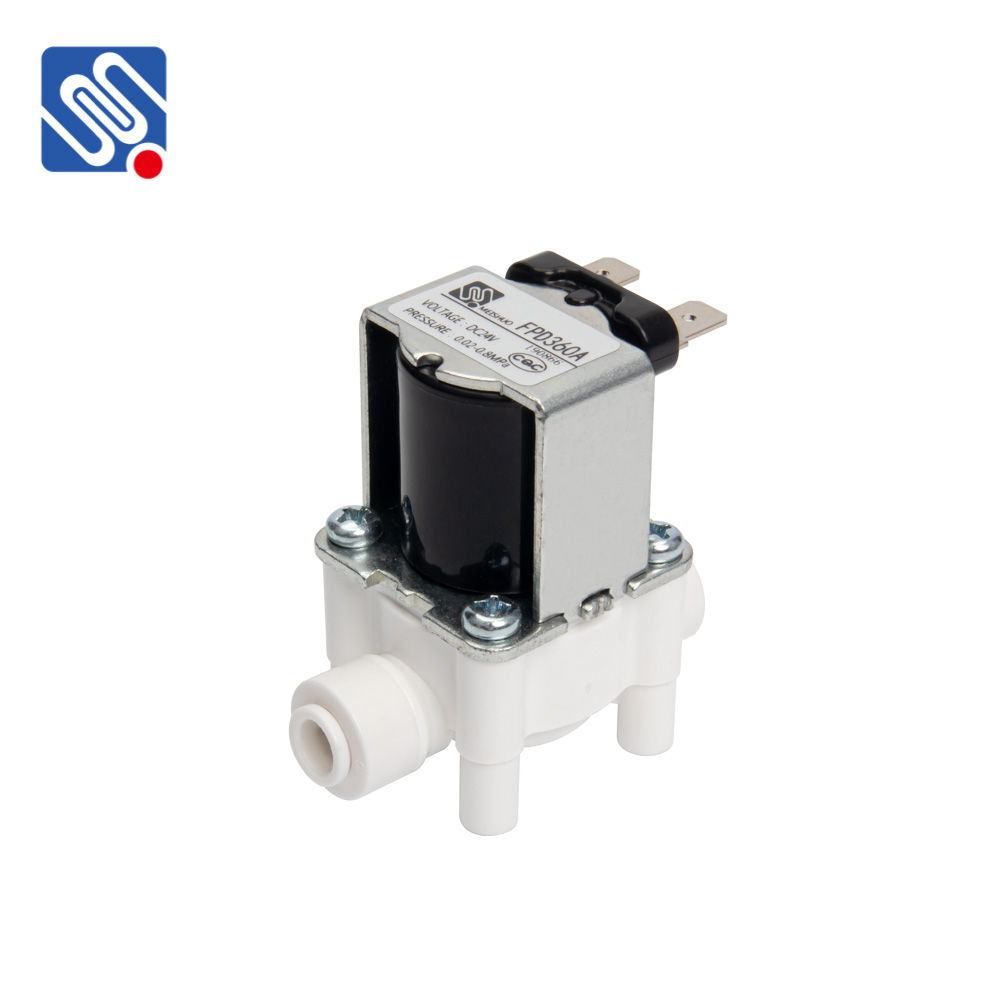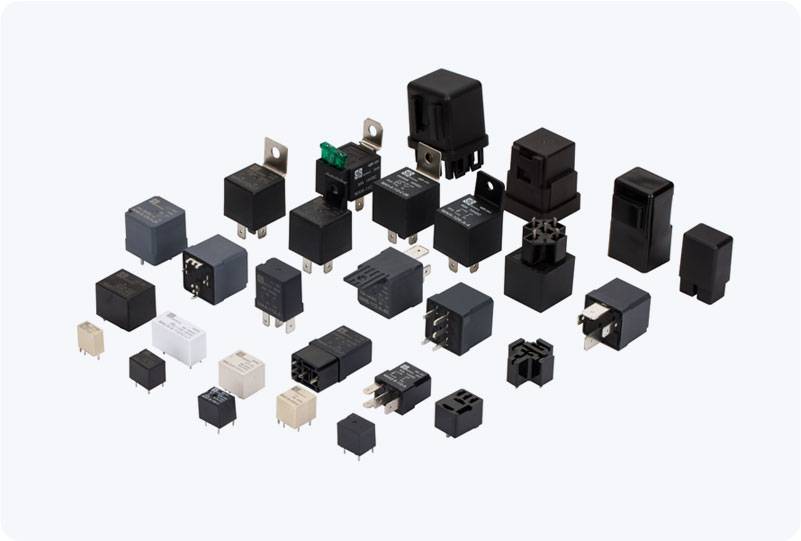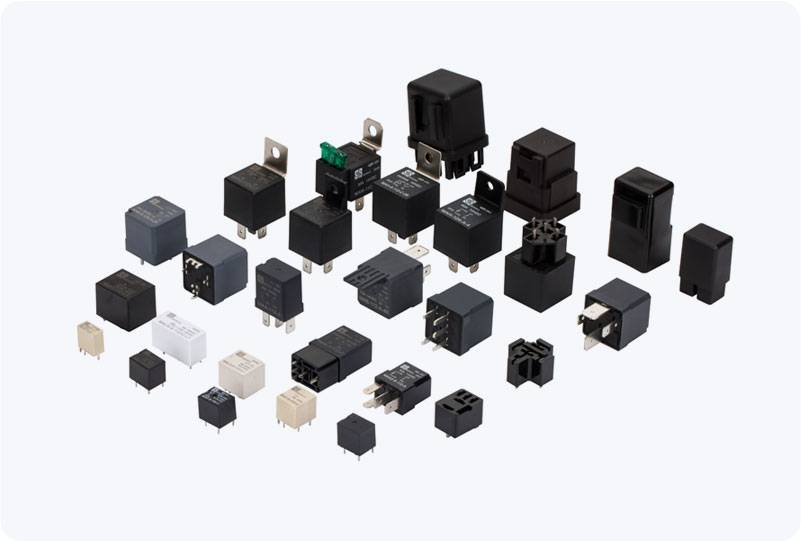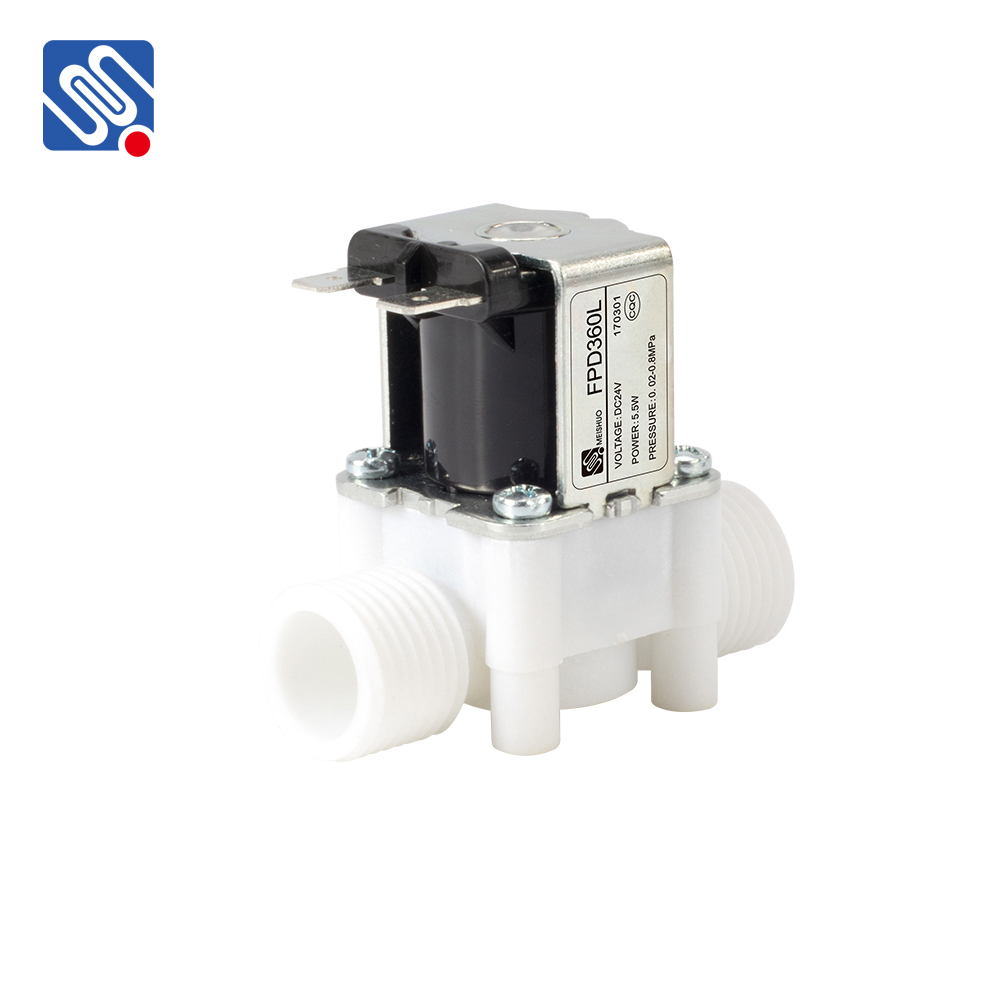High current car relays are critical components in automotive electrical systems, designed to control the flow of high-power currents safely and efficiently. These relays provide a means of controlling heavy-duty electrical devices, such as lights, fans, and air conditioning compressors, without overloading sensitive control circuits. In this article, we will explore the function, features, applications, and importance of high current car relays in modern automotive systems.
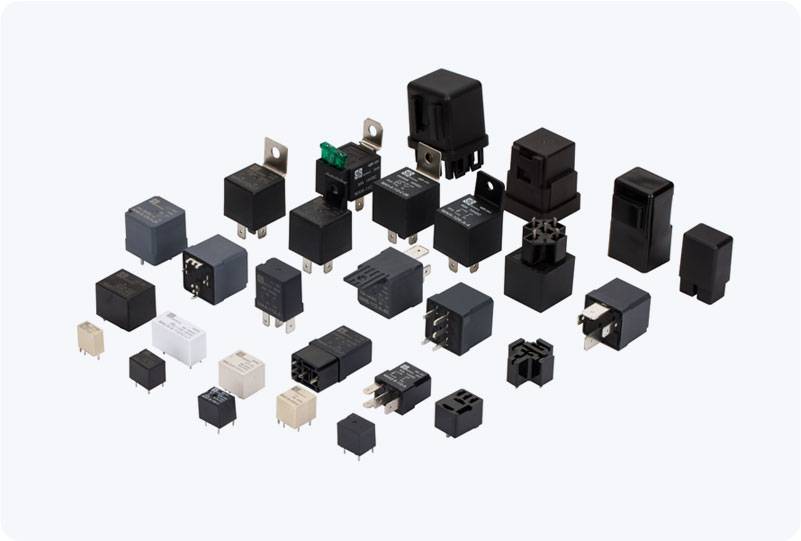
What is a High Current Car Relay? At its core, a relay is an electrically operated switch that uses a low-power signal to control the flow of electricity in a larger circuit. A high current car relay, specifically, is a type of relay designed to handle large electrical currents—ranging from 30 amps to several hundred amps—often found in automotive applications. These relays typically feature a small control current that can switch much larger currents without the need for direct human intervention. The most common form of relay in automotive applications is the electromagnetic relay, which consists of an electromagnetic coil and a set of contacts. When current flows through the coil, it generates a magnetic field, which then moves the contacts to either open or close the circuit. In high current car relays, this process is designed to handle much higher power loads than standard relays, providing both safety and efficiency.


